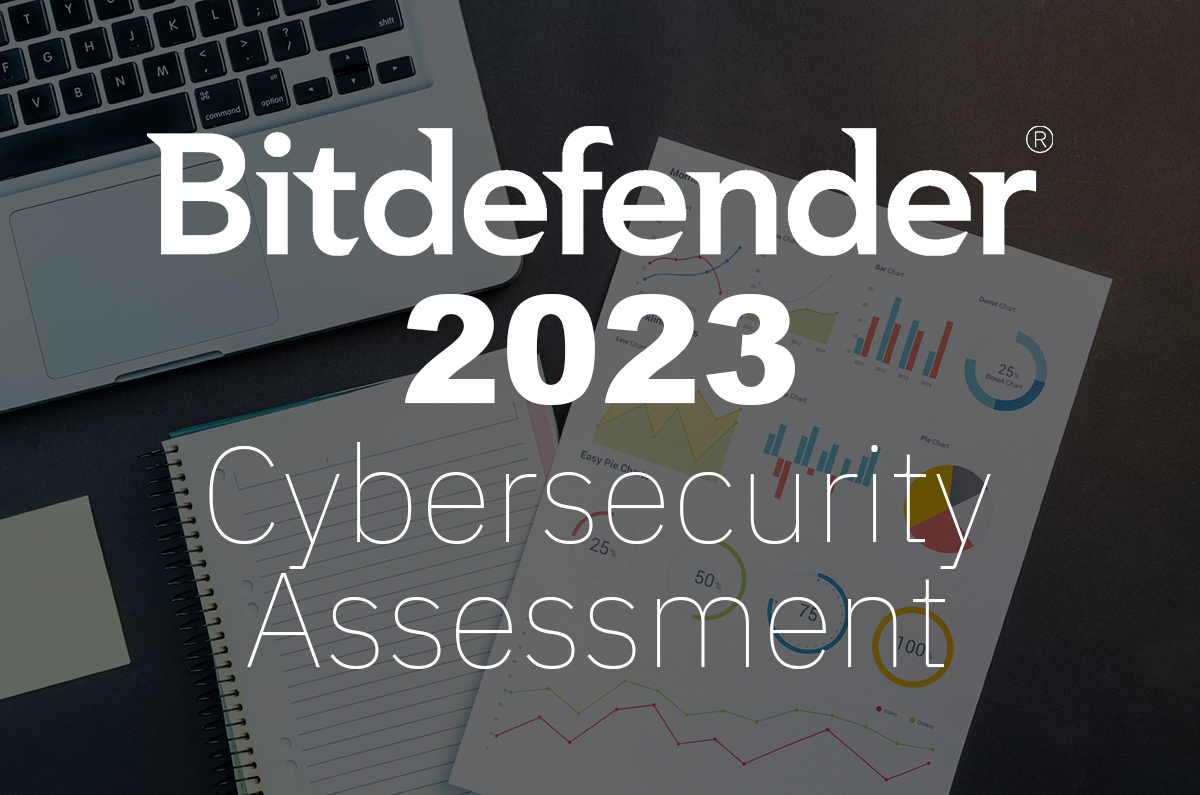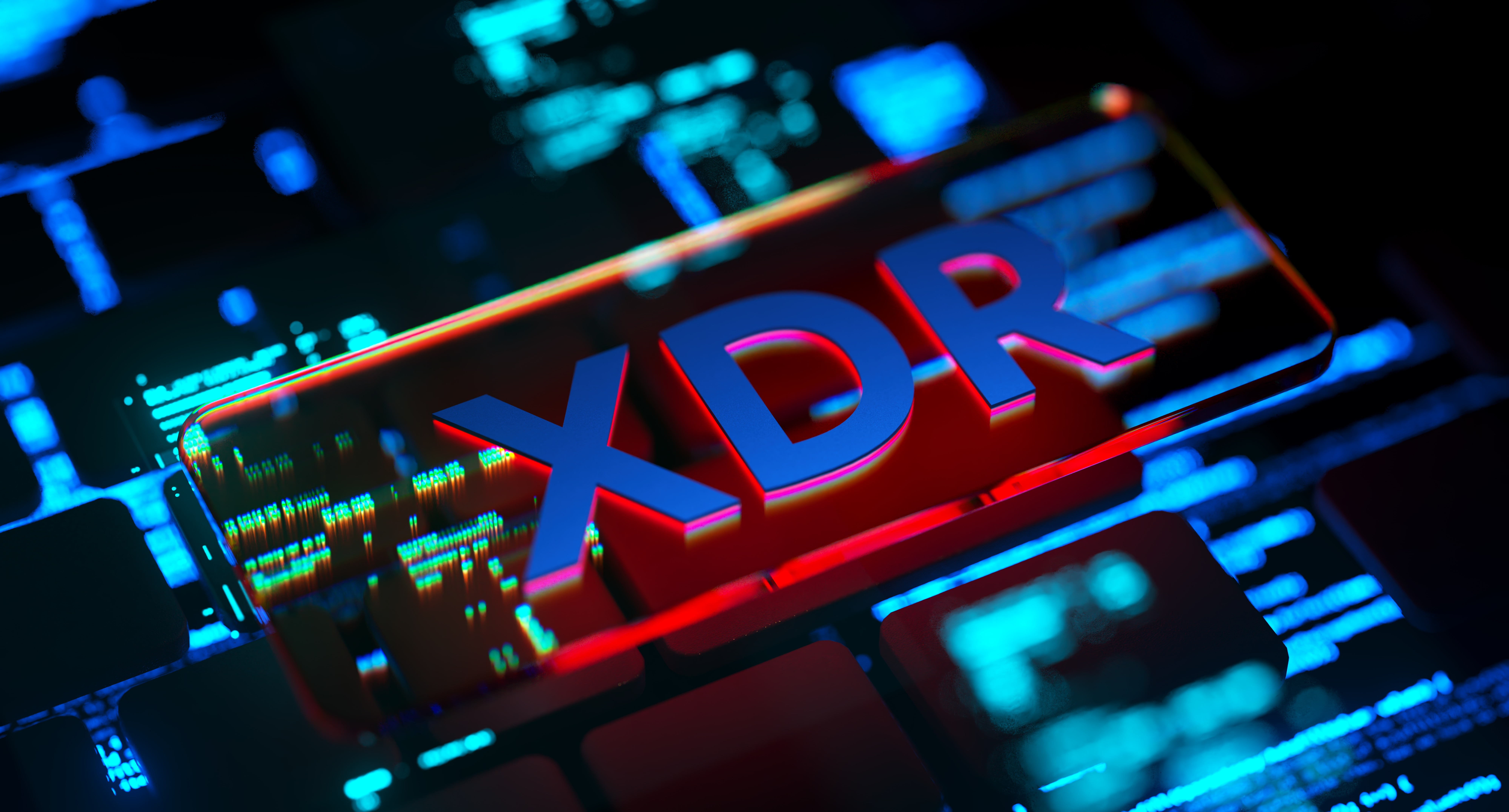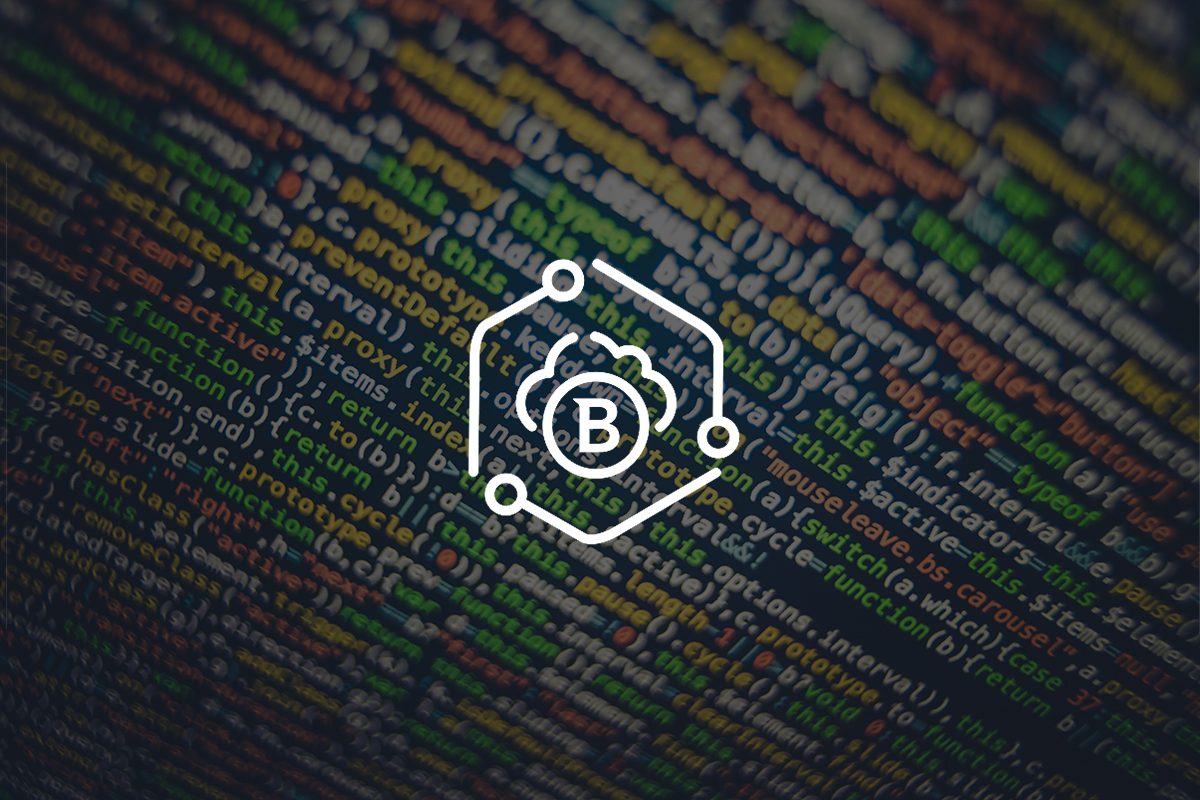The Benefits and Limits of White Label Cybersecurity

If there’s one organizational challenge present across verticals in the security market, it’s lack of talent. SOC analysts and researchers are overwhelmed by alerts, development teams can hardly keep up with ever-increasing project scopes, and the entire industry is struggling to adapt to the modern threat landscape.
Despite this ubiquitous lack of resources, organizations of all sizes can easily identify untapped potential in their market, especially now with the rise of AI-powered threats. For example, adding an advanced anti-spam engine to web mail servers can justify premiums from existing customers. A robust EPP can help SASE providers stay competitive and lower churn rate. And those are just two examples out of many.
But how can service security providers seize these opportunities with dwindling resources? With the help of white label cyber security.
What is White Label Cyber Security?
White label cyber security comes in many shapes and sizes. It can refer to MSSPs augmenting their AV engine with SDKs from companies that spend more on R&D. It can also refer to security vendors building an entire product wrapped around licensed technology, and anything in between.
Like any white label effort, it generally means that a vendor will license technology from another organization, and brand it as their own. Most often, cyber security vendors will white label anti-malware scanners, but they can also license sandbox services, web filtering technologies, fully fleshed EPPs and even threat intelligence feeds.
Why Choose White Label?
Any product manager that’s stuck between ever-increasing market demands and a stretched-out development team can easily see the benefits of white labeling cyber security technologies.
Not having to allocate scarce engineering resources for new features is a great benefit. But it’s far from the only plus of white label cyber security. Here’s a rundown of the main perks of licensing technology.
Decreased Development Costs
Integrating another vendor’s technology will demand some development costs on your end. At the very least, you’ll need an engineer to read the documentation, understand the technology and set up a console and business logic.
Nevertheless, it’ll always be less costly than developing something from scratch. Plus, experienced OEM providers often have robust systems in place to facilitate this process, including comprehensive documentation, code samples, and a dedicated tech support team.
And it’s not just about saving money or redirecting human resources. White labeling cyber security can open the door to technologies that are impossible to develop without a solid global infrastructure. For example, deep learning models can be very costly to train. And even if you have the GPUs or NPUs for it, you might not have the data to train them properly. That’s one of the best development costs that white labeling can cover.
Quicker Launch
White labeling cyber security doesn’t just save you resources, but time too. By not having to develop technology in-house, your team can launch new features or products faster. The security space is competitive and ever-changing, so this saved time can make a huge difference to your bottom line.
This applies to new products, and to updates of existing technologies too. For example, Bitdefender offers SDKs that can incorporate the full functionality of an endpoint protection product. But these functionalities are modular, so partners can license the core engines of the product first. If market opportunities arise, they can then license add-on components, like EDR support, with very few costs.
Complementary To Your Strong Suits
Like most organizations, security service providers often niche down to properly serve a particular audience. For example, CASB vendors polish their ability to enforce security policies in the cloud while email security providers master protection of the email flow.
But their clients might need more than that core offer. CASB users can benefit from a fully fleshed EPP while email users might need advanced protection for sophisticated scams..
That’s where white labeling can help. You can license technologies that your clients need without developing them yourself. Instead of eating away at the resources dedicated to your core offering, white labeling helps you seize new market opportunities without sacrificing your main offer.
Best-In-Class Technology
Just like your organization has its strong suits, so do technology licensing providers. Companies that white label their cyber security solutions have been researching and developing their technologies for years, if not decades. Even though it’s not always a guarantee, their technology is likely superior to anything you could develop in-house.
For example, Bitdefender offers several scanners and anti-malware engines as SDKs and services for partners to license. These technologies are based on over 20 years of research, scientific validation, and real-world experience protecting all types of endpoints, gateways and cloud workloads.
Even if you got together dozens of experts in their fields, acquire all the NPUs or GPUs to train deep learning models for malware detection, and build the best scanners, it still can’t compete with an established provider. That’s because they have a head start in training data, if nothing else. They get access to millions of sensors to fine-tune detection models, and they can rely on hundreds of experts in the field to process this information for effective malware detection. In the case of Bitdefender, this is clear from the fact that 40% of enterprise products analyzed by AV-Comparatives use our technology.
And this is just one example. If a security vendor is mature enough to white label its security solutions, chances are that the technology they offer is best-in-class.
The Limits of White Label Cyber Security
White labeling has a ton of benefits, but it’s not without limits. It’s a big decision, both technically and financially, so right off the bat it will require a lot of research and testing before you commit to a vendor.
Another potential limit relates to data protection. Working with licensed services or SDKs can expose sensitive data to third parties. Depending on the jurisdiction you operate in, or the data protection requirements of your organization, this can be a major obstacle to overcome when white labeling cyber security.
However, it’s not usually a deal breaker. Most security providers can contractually agree to comply with data protection regulations when working with your organization, or even deploy the technologies on-premises.
Moreover, some technology licensing providers go out of their way to facilitate data protection. For example, all Bitdefender scanning services that require data to be sent to our cloud are designed to anonymize the information before we see it. Even when analyzing things like email contents to detect spam, we fingerprint the text locally, and only send anonymized, hashed information to our cloud.
Summary
White label cybersecurity can open new opportunities in your market, help upsell clients, or just improve your products. All of it comes at little to no development costs to your organization, and they help you keep up to date with market demands.
While there are limits to white labeling – for example high costs, or compliance with data protection regulation – if you have the budget, technology licensing is a smart investment.
Learn about Bitdefender’s technology licensing offer.
tags
Author

Theodor Porutiu is a Technical Marketing Architect with a knack for writing engaging content and communicating complicated topics in simple terms. He enjoys short hikes and long gaming sessions in equal measure, and he gets really hyped about a different open-source project every week.
View all postsRight now Top posts
FOLLOW US ON SOCIAL MEDIA
SUBSCRIBE TO OUR NEWSLETTER
Don’t miss out on exclusive content and exciting announcements!
You might also like
Bookmarks










